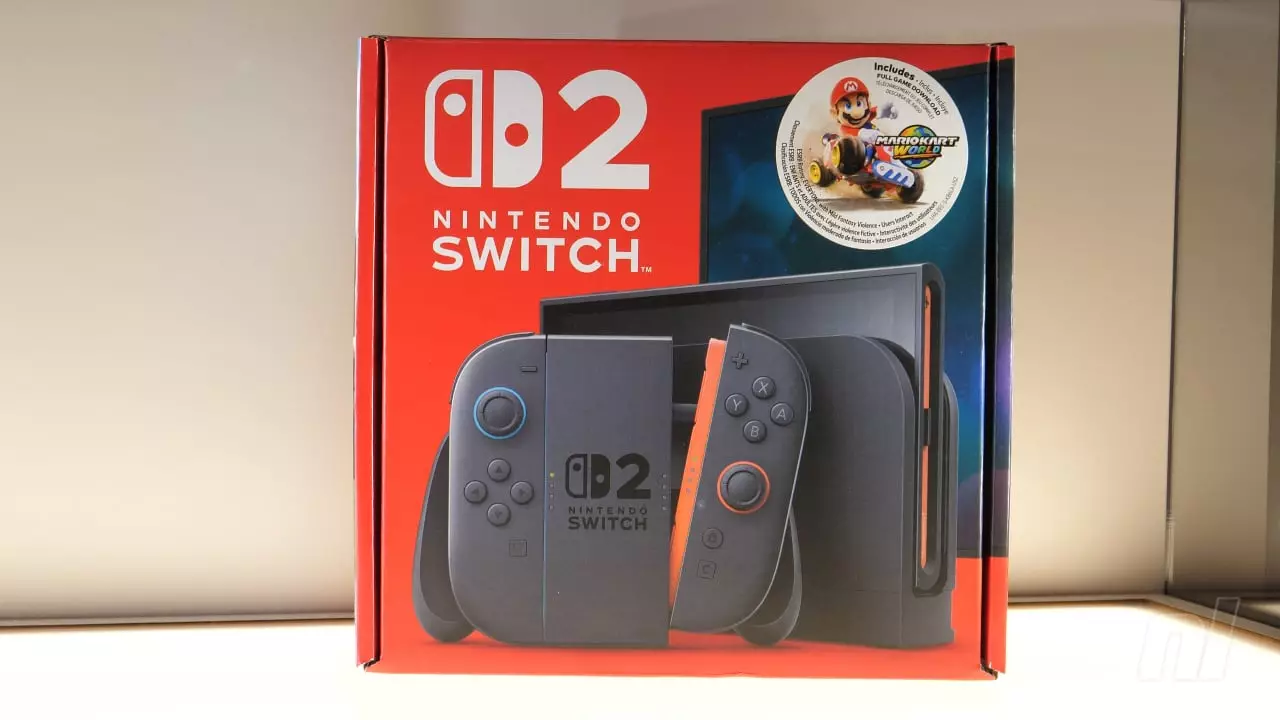Nintendo has recently taken a significant step by announcing that the much-anticipated Switch 2 will be priced at $449.99 for the standalone console and $499.99 for the Mario Kart World bundle. In today’s economic climate, where inflation and market fluctuations are the norm, Nintendo’s decision to maintain pricing on its flagship product, along with popular titles like Mario Kart World and Donkey Kong Bananza, comes as a relief to consumers. This assertive pricing strategy showcases Nintendo’s commitment to its fans, even as it navigates supply chain disruptions and tariff impacts that could lead to further price adjustments in the gaming industry.
Pre-orders for the Switch 2 will kick off on April 24, 2025, after delays in the United States and Canada — a move that suggests the company is keen to evaluate the economic landscape before fully committing. This delay reflects a smart strategy that prioritizes customer care and market feedback, ensuring trust remains intact in Nintendo’s brand. While pre-orders have already been available in Europe and other markets, the postponement for North America signifies the uniqueness of regional economic challenges. By first considering the implications of tariffs on its hardware prices, Nintendo is positioning itself as a thoughtful and responsible market player.
Accessory Pricing Adjustments: A Double-Edged Sword
Despite keeping the prices of the core hardware stable, Nintendo’s announcement also revealed significant hikes in accessory pricing. The company specified that various accessories will see a price increase of about $5, while others, like the Nintendo Switch 2 Dock Set, will experience a heftier cost bump of $10. This pricing shift opens up a conversation about the sustainability of gaming accessories and how their costs are sometimes overlooked in the grand narrative of console ownership.
The new prices for accessories present a critical view into how gaming companies can sometimes exploit market volatility to adjust their profit margins. While a $5 increase on a Joy-Con or a controller might seem minor alone, when multiplied across an array of accessories, the costs can quickly add up. This means consumers will not just be investing in a console but a comprehensive ecosystem that may feel more burdensome financially than anticipated. As gaming becomes more reliant on add-ons and peripherals, gamers must remain vigilant and budget appropriately or risk spending far more than the sticker price of the base console.
Market Reactions and Future Prospects
The reception of these price announcements has been significant among Nintendo enthusiasts and casual gamers alike. Many are relieved to see core pricing unaffected despite fears of increasing hardware costs in the current economic environment. The fixed price for major titles means that fans won’t have to stretch their budgets further to keep up with gaming essentials. Yet, the looming threat of possible price adjustments for any Nintendo product in the future creates apprehension. The adaptable nature of Nintendo’s pricing signal they are acutely aware of economic conditions but raises questions for consumers eager for stability and predictability in their gaming budget.
The dynamic pricing for accessories, particularly coupled with the pre-order strategy, is likely to have ramifications for consumer behavior. Gamers may become more discerning, opting to purchase only essentials while postponing unnecessary accessories until prices stabilize. This intentional shift could lead to a more cautious, research-driven buying decision process among gamers, forcing Nintendo and other gaming companies to reassess how they position their merchandise. Should economic conditions improve, the hope is that companies will respond with fair pricing strategies that prioritize consumer care over profit-driven decisions.
It will be fascinating to watch how Nintendo reacts in a fluctuating market and whether they will continue to hold true to their pricing philosophy amidst ever-evolving challenges. The gaming community remains keenly interested not only in Switch 2’s launch but also how its implications will ripple through the dedicated hardware and accessory market moving forward. As anticipation builds for the June 5, 2025, release date, one thing is certain: consumers will be closely watching.

